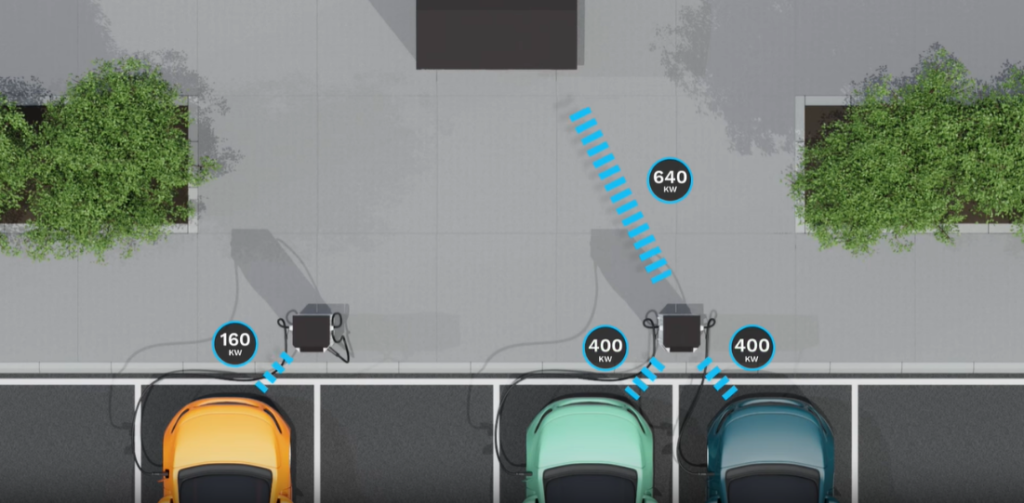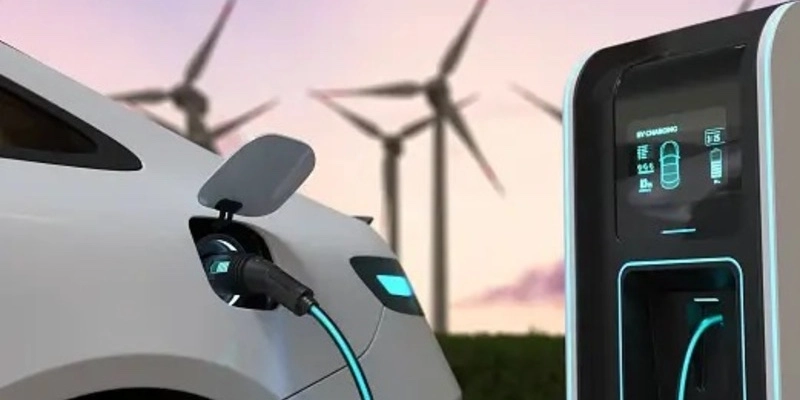In numerous European countries, congestion in electrical grids has emerged as a challenge, attributable to the increasing demand for energy generated by the growing number of eVehicles connecting for charging.
The Netherlands represent a paradigmatic case of this issue, where saturation has become evident in all its provinces.
This phenomenon stems from the rapid electrification process underway, as well as the increase in deployed charging infrastructure.
To address this challenge, both EV and charger manufacturers are exploring alternatives to prevent grid collapse.
A prominent option is bidirectional solution, which includes the Vehicle-to-Grid (V2G) function, whereby cars act as decentralized units of energy storage, thereby helping to stabilize the electrical supply.

Some low-emmision models, such as the BYD Atto 3, are already equipped with this technology.
Others, like Volkswagen, plan to incorporate this function into their existing vehicles through software updates this year.
However, experts in the field suggest that solutions should not rely solely on whether a car is connected to the electrical grid or not.
This is especially relevant for those who refuel at fast direct current (DC) stations located on highways or public places, where the primary goal is to minimize charging time to continue the journey.
This limits opportunities to return energy to the grid.
However, this strategy could be viable for fleets that regularly recharge at DC points and remain temporarily inactive, such as transport companies and bus services.
V2G technology seems more suitable for alternating current, where cars remain parked for longer periods, such as at home or work, where they can serve as energy storage.

During a webinar organized by AMPECO, Christian Hahn, CEO of Hubject, was somewhat pessimistic about this solution.
“At this moment, we are observing numerous solutions exclusive to EV charging, and I hope we don’t repeat the same mistake we made at the beginning of the eMobility era,” he indicates.
He explains that this refers to the excessive reliance on proprietary solutions.
“Because customers switch to EVs and then get stuck with a wallbox that can only work with one OEM (Original Equipment Manufacturer),” he details.
This phenomenon is mainly due to customer migration to electric vehicles and the subsequent dependence on specific brand devices.
A situation similar to what happened a couple of years ago, and continues to happen to a lesser extent, with connectors.
At that time, more than a dozen plug formats or charging methods were recorded, a phenomenon also observed in the mobile phone industry, where each device has a different connector.
Only recently has a global standard been established in this area.
In the case of EV chargers, the European Commission has designated the Type 2 connector as the EU standard for all eVehicles and charging stations by 2025.
A global standard is still lacking, but discussions are already underway.
In this regard, and regarding V2G, currently, no electric car on the market allows bidirectional charging as standard according to the CCS standard established in Europe.
Furthermore, corresponding charging stations barely exist.
Therefore, several car manufacturers and device providers have announced that they will soon launch such models on the market.
In this context, Hahn emphasizes: “We need to align on how to approach this issue similarly, preferably at a global level, since customer needs are the same.”
However, he points out that he currently does not see a clear initiative in this regard.
Germany is already taking action in this.
Recently, the federal government announced that it will finance a project jointly with BiFlex-Industrie with the aim of paving the way for regenerative EV fleets, with a special focus on chargers.
Initially, the 16 partners will develop and put into operation regenerative stations with custom hardware and open communication interfaces for higher-level control systems and eVehicles.
One of the project’s goals is to standardize bidirectional charging solutions and transfer the results to other applications.
Additionally, the Advisory Board of the National Control Center for Charging Infrastructure has presented the Federal Ministry of Transport with a roadmap for the introduction of bidirectional charging in the country.
This was developed by around 50 industry experts and relevant stakeholders.
The advisory board expects the first commercially available V2H applications to be available from 2025, while V2G applications should reach the market slightly later.
From 2028, there could be an increase in interoperable and standardized solutions for V2H and V2G, provided that relevant standards have been established and necessary regulatory and technical decisions have been implemented.

In this context, Wulf Schlachter, CEO of DXBe Management, takes a more optimistic stance on V2G.
He highlights that major manufacturers are already venturing into this innovation on a large scale, but identifies that hardware cost remains one of the main obstacles to its expansion.
“At the end of the day, it’s about hardware and the associated cost. At this moment, if we look at the market, this remains the limiting factor for the growth of this technology and the product,” he assures.
From this perspective, he argues that the market is currently progressing towards the adoption of the OCPP 2.0.1 standard, which could facilitate the implementation of bidirectional charging.
“I consider it crucial for standardization. What we have observed is that we need to promote this in business,” he emphasizes.
What solution could replace V2G charging?
The Finnish company Enersense Charging offers a 640-kilowatt charging field, consisting of four interconnected 160-kilowatt ECDC chargers that can dynamically share energy among themselves.
This allows, for example, supplying 400 kilowatts from a single charging point or 80 kilowatts from eight charging points simultaneously.
“The benefit is that there is a lower investment in the charging field for the customer,” explains Topias Koskela, Head of Electric Vehicle Charging Solutions, during an interview Mobility Portal Europe.
The chargers and amplifiers can be initially installed with lower power, and customers can gradually add more power modules as needed.
Johan Wangel, Sales Manager, explains that even if all power modules in a charger fail, users can still obtain power, as they can “borrow” it from the adjacent charger.









